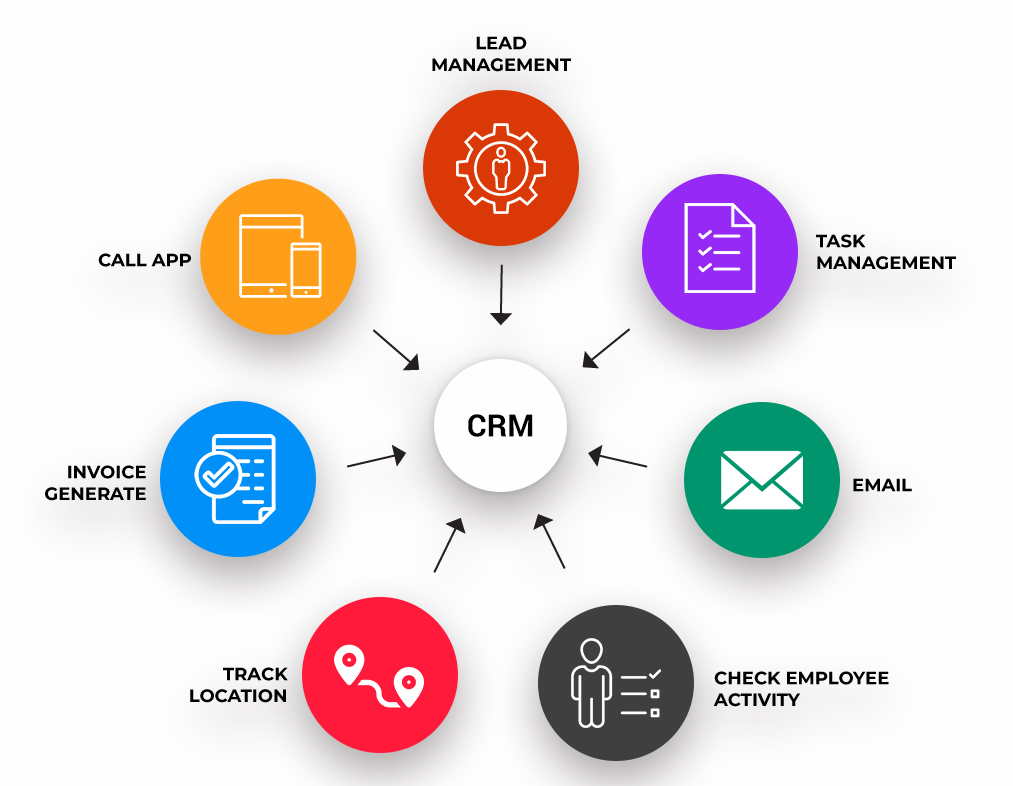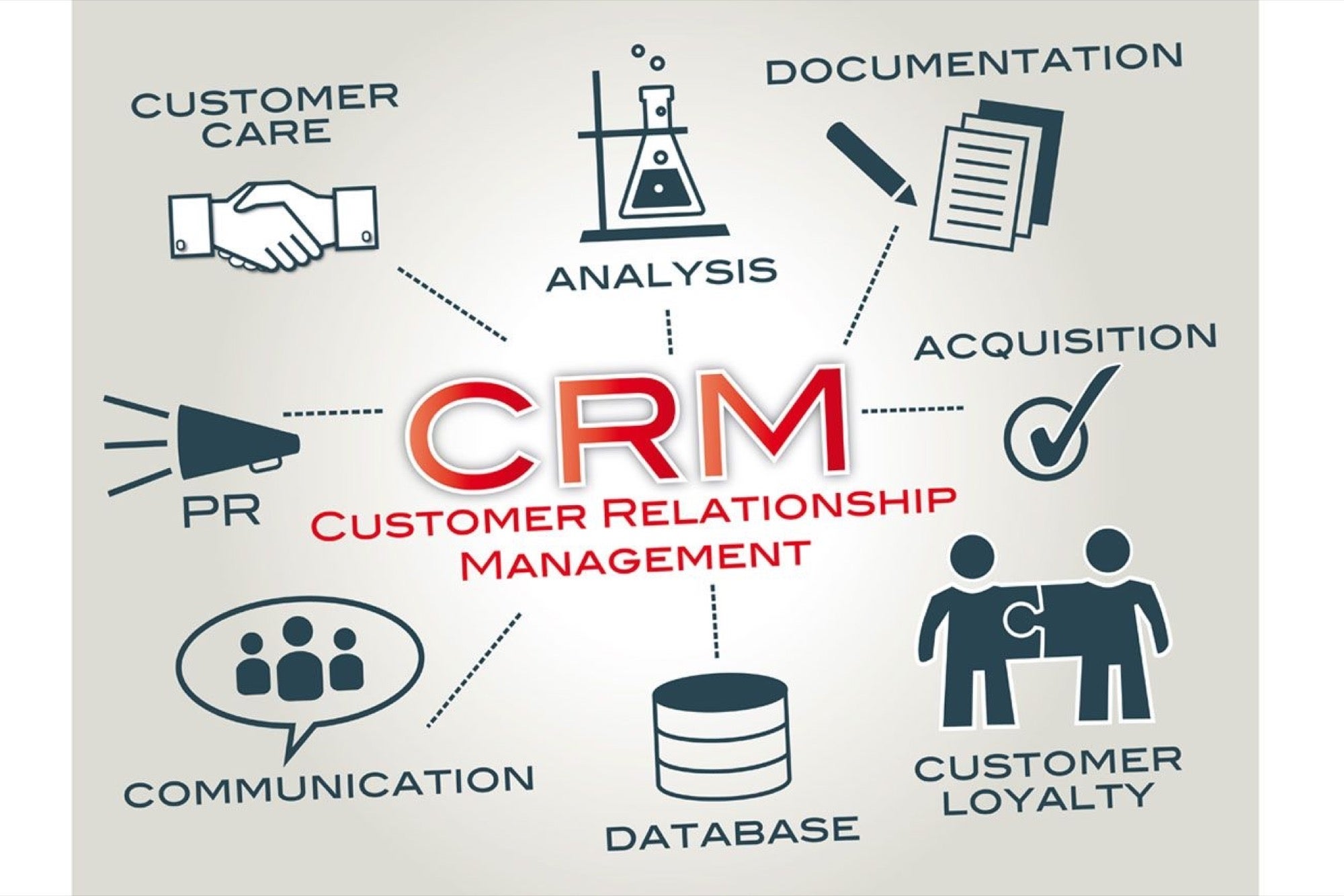
CRM Call Campaigns and A/B Testing: A Guide to Optimized Customer Engagement
In today’s competitive business landscape, building strong customer relationships is paramount. Customer Relationship Management (CRM) systems have emerged as indispensable tools for managing and nurturing these relationships. Among the various functionalities offered by CRM platforms, call campaigns stand out as a powerful means of direct communication. However, simply making calls isn’t enough; optimizing the effectiveness of these campaigns is crucial. This is where A/B testing comes into play. This article delves into the world of CRM call campaigns and explores how A/B testing can be leveraged to achieve significant improvements in engagement, conversion rates, and overall customer satisfaction.
The Power of CRM Call Campaigns
CRM systems provide a centralized repository for customer data, enabling businesses to gain a comprehensive understanding of their audience. This data can be used to personalize interactions, segment customers for targeted messaging, and track communication history. Call campaigns, when integrated with CRM, allow businesses to leverage this rich data to initiate meaningful conversations with customers.
- Personalized Communication: CRM data enables agents to tailor their conversations to individual customer needs and preferences. This personalization fosters a sense of value and improves the likelihood of a positive interaction.
- Targeted Messaging: By segmenting customers based on demographics, purchase history, or engagement level, businesses can deliver targeted messages that resonate with specific groups. This increases the relevance of the call and improves conversion rates.
- Proactive Engagement: Call campaigns can be used to proactively reach out to customers who may be experiencing issues or who haven’t engaged with the business recently. This demonstrates a commitment to customer satisfaction and can prevent churn.
- Lead Nurturing: For sales teams, call campaigns are a valuable tool for nurturing leads through the sales funnel. Agents can provide information, answer questions, and build relationships with potential customers, increasing the chances of a successful sale.
- Feedback Collection: Call campaigns can also be used to gather feedback from customers about their experiences with the business. This feedback can be used to improve products, services, and overall customer satisfaction.
The Challenge of Optimization: Why A/B Testing is Essential
While CRM call campaigns offer numerous benefits, their effectiveness can vary significantly depending on various factors, such as the timing of the call, the script used, and the agent’s approach. Without a systematic approach to optimization, businesses may be leaving potential gains on the table. This is where A/B testing, also known as split testing, becomes essential.
A/B testing involves creating two or more versions of a campaign element (e.g., call script, subject line, call time) and then randomly assigning customers to each version. By tracking the performance of each version, businesses can determine which one yields the best results. This data-driven approach allows for continuous improvement and ensures that campaigns are optimized for maximum impact.
Key Elements to A/B Test in CRM Call Campaigns
Numerous elements of a CRM call campaign can be A/B tested to improve performance. Here are some of the most important:
-
Call Script:
- Opening Line: Test different opening lines to see which one grabs the customer’s attention and encourages them to continue the conversation. For example, compare a direct approach ("Hi, I’m calling about…") to a more personalized approach ("Hi [Customer Name], I hope you’re having a good day…").
- Value Proposition: Experiment with different ways of communicating the value proposition of the product or service being offered. Highlight different benefits or use different language to see what resonates best with customers.
- Call to Action: Test different calls to action to see which one is most effective at driving the desired outcome (e.g., scheduling a demo, making a purchase, providing feedback).
-
Call Timing:
- Day of the Week: Determine which days of the week yield the highest response rates. For example, calls made on weekdays might be more effective than calls made on weekends.
- Time of Day: Identify the optimal time of day to reach customers. Consider factors such as the customer’s time zone, work schedule, and personal preferences.
-
Agent Introduction:
- Tone of Voice: Experiment with different tones of voice to see which one is most effective at building rapport with customers. Some customers may respond better to a friendly and conversational tone, while others may prefer a more professional and direct approach.
- Agent Name: Test whether using the agent’s full name or just their first name has an impact on customer engagement.
-
Subject Line (for Follow-up Emails):
- Personalization: Test whether including the customer’s name or other personalized information in the subject line increases open rates.
- Urgency: Experiment with creating a sense of urgency in the subject line to encourage customers to open the email.
- Clarity: Ensure that the subject line accurately reflects the content of the email and is easy to understand.
-
Incentives and Offers:
- Discount Amounts: Test different discount amounts to see which one is most effective at driving conversions.
- Free Gifts: Experiment with offering free gifts or bonuses to incentivize customers to take action.
- Limited-Time Offers: Create a sense of urgency by offering limited-time discounts or promotions.
Implementing A/B Testing in CRM Call Campaigns: A Step-by-Step Guide
- Define Your Goals: Clearly define what you want to achieve with your A/B test. Are you trying to increase conversion rates, improve customer satisfaction, or generate more leads? Having a clear goal will help you focus your efforts and measure your results.
- Identify a Variable to Test: Choose one variable to test at a time. This will allow you to isolate the impact of that variable and draw meaningful conclusions.
- Create Two (or More) Versions: Develop two or more versions of the campaign element you want to test. Ensure that the versions are significantly different from each other to maximize the potential for a measurable impact.
- Segment Your Audience: Divide your audience into two or more groups, ensuring that each group is representative of your overall customer base.
- Run the Test: Launch the A/B test and randomly assign customers to each version.
- Track and Analyze Results: Monitor the performance of each version and track key metrics such as conversion rates, call duration, customer satisfaction scores, and lead generation.
- Implement the Winning Version: Once you have gathered enough data to reach statistical significance, implement the winning version of the campaign element.
- Continuously Iterate: A/B testing is an ongoing process. Continuously test different elements of your CRM call campaigns to identify new opportunities for optimization and improvement.
Tools and Technologies
Many CRM systems offer built-in A/B testing capabilities for call campaigns. Additionally, there are third-party tools that can be integrated with CRM platforms to provide more advanced testing features. Popular options include:
- Salesforce: Offers robust A/B testing capabilities through its Marketing Cloud and Sales Cloud platforms.
- HubSpot: Provides A/B testing features for email marketing, landing pages, and other marketing assets.
- Zoho CRM: Includes A/B testing functionality for email campaigns and other marketing activities.
Best Practices for A/B Testing CRM Call Campaigns
- Test One Variable at a Time: This ensures that you can accurately attribute any changes in performance to the specific variable being tested.
- Use a Large Enough Sample Size: Ensure that you have enough data to reach statistical significance. This will help you avoid making decisions based on random fluctuations.
- Be Patient: A/B testing takes time. Allow enough time for the test to run and gather sufficient data before drawing conclusions.
- Document Your Results: Keep a record of your A/B testing experiments and their results. This will help you learn from your successes and failures and improve your testing process over time.
- Focus on Customer Experience: Always prioritize the customer experience when conducting A/B tests. Avoid making changes that could negatively impact customer satisfaction.
Conclusion
CRM call campaigns are a powerful tool for building customer relationships and driving business results. However, to maximize their effectiveness, it’s essential to adopt a data-driven approach to optimization. A/B testing provides a systematic way to experiment with different campaign elements and identify what works best for your audience. By implementing A/B testing in your CRM call campaigns, you can significantly improve engagement, conversion rates, and overall customer satisfaction, ultimately leading to greater success for your business. Embrace the power of data and continuous improvement to unlock the full potential of your CRM call campaigns.

